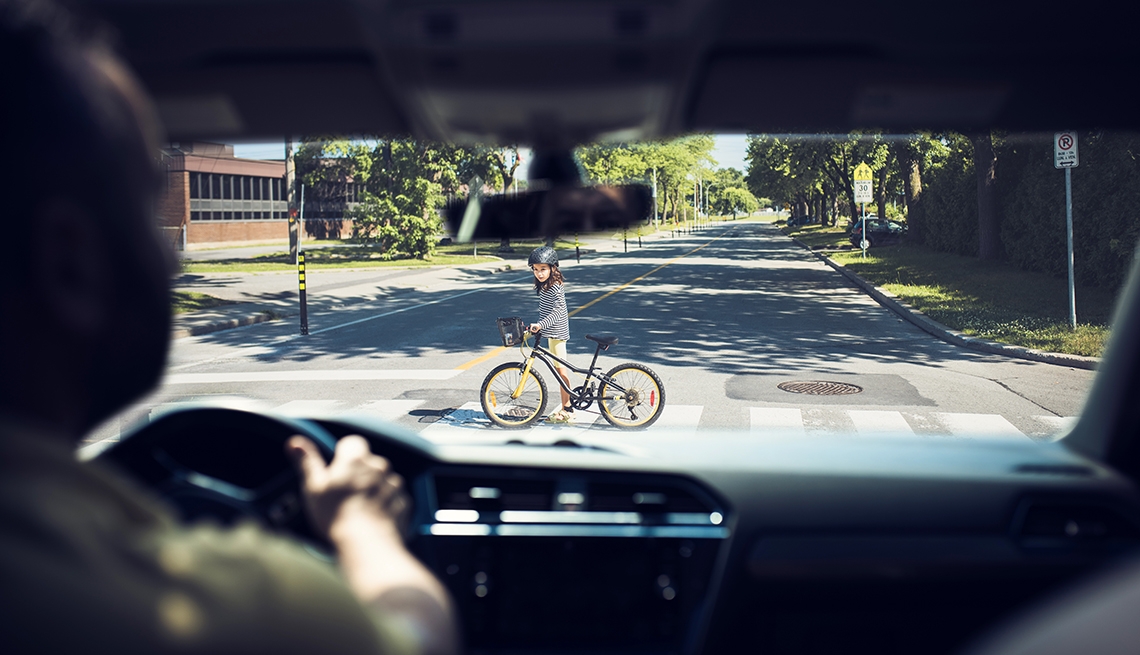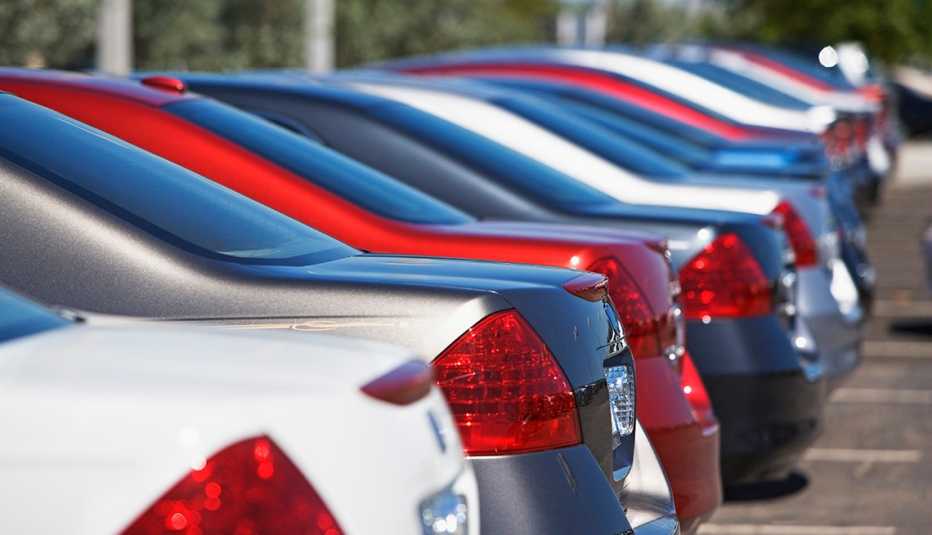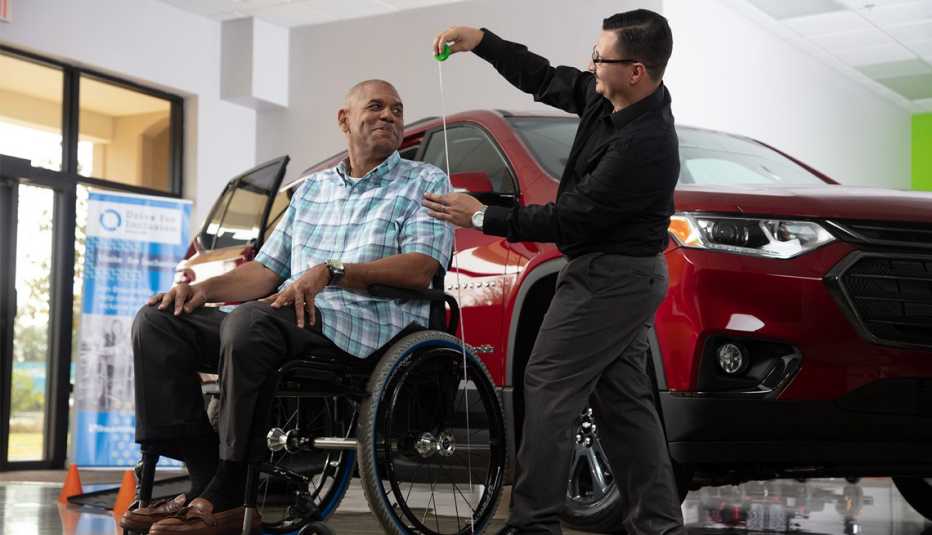AARP Hearing Center
Minivans with low step-up heights, augmented reality windshields for navigation, high-tech safety features and seat belts you don’t have to dig for are all on the menu for some automakers trying to appeal to older drivers.
Aging car buyers are a powerful force: Those 55 and older make up 42 percent of all new vehicle registrations, according to S&P Global Mobility. With the youngest boomers turning 65 by 2029, auto engineers are designing new vehicles with the goal of retaining existing customers as they age and attracting new ones.
For Jim Donaldson, 70, of Green, Ohio, features that make it easier for an older person to drive sold him on the Kia EV6 he purchased this year.
The former Ford production supervisor liked the front seat that automatically moves back, making it easier to enter, and the blue-light filter display screen lighting to reduce eye strain. The model’s augmented reality windshield also makes directions easy to see while keeping your eyes on the road, he says. “The car does a lot of thinking for you,” Donaldson says.
Donaldson isn’t the only older driver drawn to the Kia EV6. Since the cars began arriving, in January 2022, 32 percent of buyers of the all-electric EV6 are over 56, according to Kia America. Buyers over 56 represent the largest segment of Kia’s overall customer base.
And Kia certainly isn’t the only manufacturer wooing older buyers. Ford Motor Company, for example, is focused on making sure new technology is easy for older drivers to use, says Katie Allanson, Ford’s Advanced Driver Assistance Systems customer experience supervisor. If it gets too complicated, “we’re going to lose those customers to another company that is thinking about these things,” she says.
An emphasis on safety
Age-friendly features were on full view at the 2022 North American International Auto Show in Detroit in September — sometimes in unexpected places.
































































